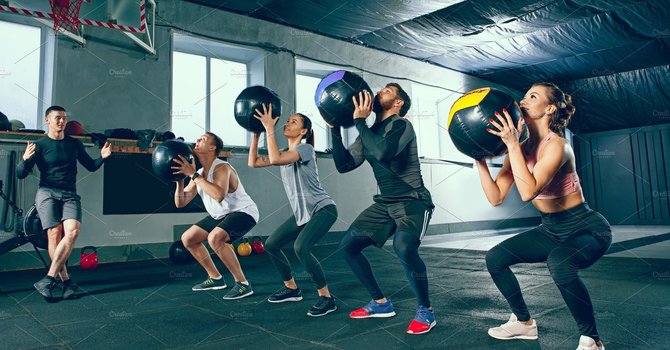When it comes to longevity or performance QUALITY strength training is the name of the game. We are huge advocates of strength training and believe that this will lead to better treatment outcomes long term. We believe that the wider the base of our pyramid, the greater the peak will be. For us mobility, motor control, and proper range of motion are prerequisites that must be taught early on. Spending time on slowing down movements and establishing greater control will set patients up for success down the road.
Split stance lunge variations are a great staple in any strenght training program. We utilize this exercise as a lower body priority over the first 24 weeks of training as it serves the critical role of strengthening the infamous vastus medials oblique muscle (VMO). In many instances the VMO will be under active in comparison to the vastus lateralis oblique and this disproportionate ratio commonly plays a role in knee injury or knee pain. Addressing this proactively allows us to achieve ideal ranges of motion in more progressive lower body movements like the deep squat. In addition, by allowing our knee to move forward over our toes we are able to address the ankle and the hip flexor musculature on the contralateral side.

Vastus Medialis Oblique
As with any other movement in our learn to train program, we focus on progressively overload as long as proper form and range of motion are evident. In order to provide a number of different stimuli and progression numerous variations are recommended prior to increasing load of the movement. A sample of a strength training progression is listed below.
During our first 12 week training phase we usually have three, four week training blocks. Early on, establishing consistency is extremely important and we are not as concerned with variety of movement pattern. You will notice that during our first four weeks we utilize an isometric hold. The isometric hold allows us to exemplify the end range of motion and helps quickly enhance mobility. We usually start with a 20 second isometric hold and progressive from week to week with an increase in time.
PHASE 1
Week 1-4:
Front Foot Elevated Split Stance Lunge - Cable - Isometric Hold
Tempo: 1-20-1-1
Week 5-8
Front Foot Elevated Split Stance Lunge - Cable
Tempo: 3-1-1-1
Week 9-12:
Front Foot Elevated Split Stance Lunge - DB
Tempo: 3-1-1-1
During our second training phase, we like to incorporate a little more variety and we shorten our training blocks by one week. This allows us to put four different training blocks within the same 12 week period and begin to alternate rep schemes by undulating total time under tension during each training block. During Weeks 13-15 we move away from a front foot elevated position and move into a split stance lunge. By elevating the front foot we are able to achieve greater levels of ankle dorsiflexion, however, once we are out of the first training phase we will attempt to do this unassisted.
We are big proponents of starting with the end in mind. With that being said our first and third block of the training phase will have an accumulation emphasis and our second and forth block will focus on increasing load with less time under tension. We like to program our intensification phases for the final week so that we have a reference point from a strength perspective and can truly quantify progress.
Week 13-15:
Split Stance Lunge - Cable
Tempo: 4-1-1-1
Week 16-18
Split Stance Lunge - DB
Week 19-21
Tempo: 3-1-1-1
Split Stance Lunge - DB - 1 1/4
Tempo: 3-1-1-1
Week 22-24
Split Stance Lunge - DB
Tempo: 3-0-X-0
Exercise Tips & Reminders
Essential Cue: Work the body forward & down as you get deeper into the lunge position.
Common Error: Heel will lift off the ground indicating lack of ankle dorsiflexion
Safety Tip: Squeeze DB’s as tight as possible to create an irradiation effect. Not only this will allow for an increase in force production & motor control, but it will also reduce the risk of dropping the DB’s on the toes (we like to train barefoot as much as possible).
Bonus Tip: Using thick DB’s for lower body exercises will help achieve grip strength potential. 2 inch fat grips are a no brainer here.
Sam Kavarsky
Contact Me


